What exactly is Restore A Finish?
2ajsmama
15 years ago
Featured Answer
Sort by:Oldest
Comments (14)
bobismyuncle
15 years agoRelated Professionals
Forest Hills Cabinets & Cabinetry · Golden Glades Carpenters · Kuna Carpenters · Roselle Carpenters · Valley Stream Carpenters · Avon Flooring Contractors · Lynbrook Flooring Contractors · Saint Louis Park Flooring Contractors · Stoneham Flooring Contractors · Temple Terrace Flooring Contractors · Washington Flooring Contractors · Augusta Furniture & Accessories · Memphis Furniture & Accessories · Norwalk Furniture & Accessories · Culver City Furniture & Accessoriesbobismyuncle
15 years ago2ajsmama
15 years agobobismyuncle
15 years ago2ajsmama
15 years agoValerie Noronha
15 years agoValerie Noronha
15 years ago2ajsmama
15 years agobobismyuncle
15 years ago2ajsmama
15 years agobobismyuncle
15 years ago2ajsmama
15 years ago2ajsmama
15 years ago
Related Stories
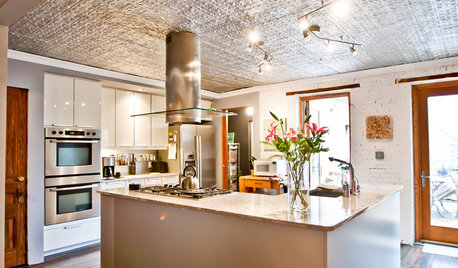
HOUZZ TOURSMy Houzz: Artful Restoration for a Brooklyn Brownstone
Historic detail balances with modern finishes and furnishings in this thoughtfully renovated, art-filled home
Full Story
ARCHITECTUREBack to the Futuro: Tour a Lovingly Restored ‘Spaceship’ Home
Travel back to the ’60s Space Age with a rare glimpse inside an original House of the Future
Full Story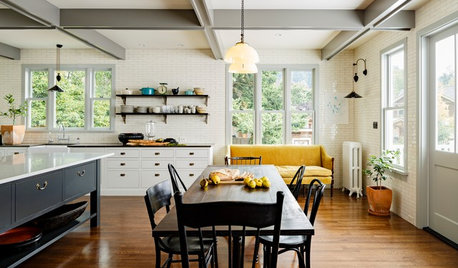
REMODELING GUIDESMajor Remodel: Restoring a Queen Anne to Glory
Misguided 1970s changes marred this Victorian-era home in Portland, until a dedicated family moved in
Full Story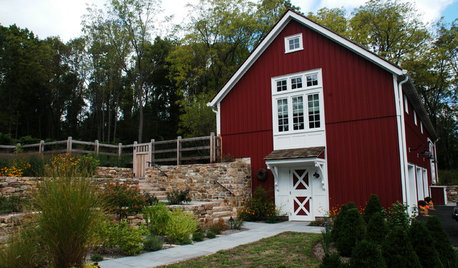
HOUZZ TOURSHouzz Tour: Farmhouse Meets Industrial in a Restored New Jersey Barn
Amish craftsmen, trusting clients and an architect with a vision save a historic barn from a complete teardown
Full Story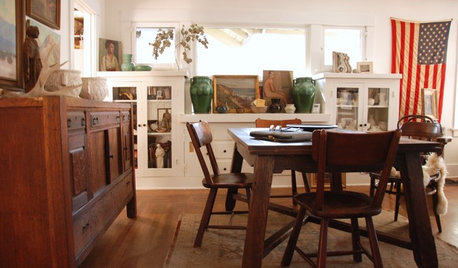
CRAFTSMAN DESIGNMy Houzz: Small-Space Living in a Restored Bungalow
See how this homeowner celebrates his personal style, his flea market finds and the heritage of his 1919 Long Beach home
Full Story
HOUZZ TOURSHouzz Tour: A Boston Brownstone Is Restored to Glory and Then Some
Victorian-era architectural details create a strong base for an eclectic mix of furniture, accessories and modern art
Full Story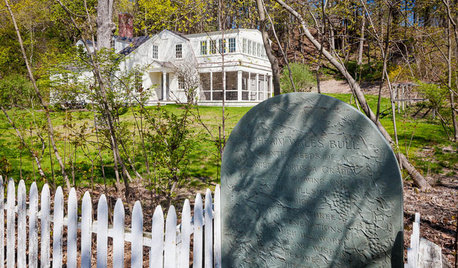
TRADITIONAL HOMESHouzz Tour: Historic Concord Grapevine Cottage’s Charms Restored
This famous property had fallen on hard times, but passionate homeowners lovingly brought it back
Full Story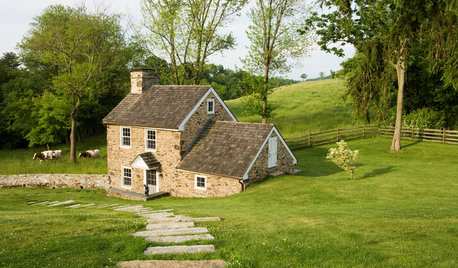
BEFORE AND AFTERSRestoration Rallies a 1790 Stone Springhouse
An old outbuilding gets a new purpose — several purposes, that is — thanks to careful efforts by stonemasons and architects
Full Story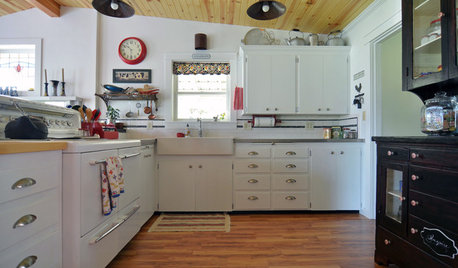
BEFORE AND AFTERSKitchen of the Week: Classic White Farmhouse Style Restored
A couple remodel their kitchen to better match their 19th-century Oregon home’s style
Full Story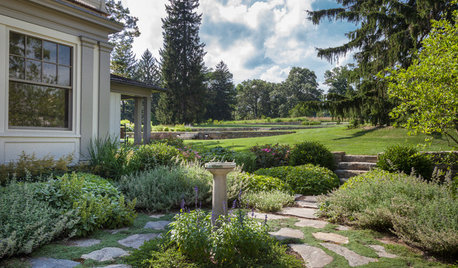
TRADITIONAL HOMESHouzz Tour: Connecticut Farm Restored for Generations to Come
A man renovates his extended family’s stately farmhouse and land. Sustainable practices are used in gardens, wetlands and recreation areas
Full Story









2ajsmamaOriginal Author